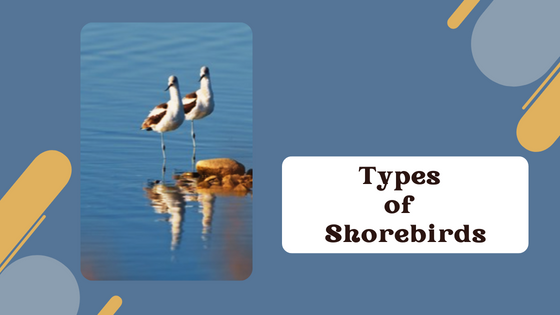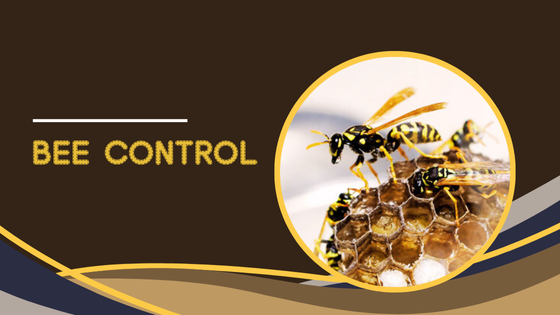Shorebirds, a diverse group of avian species residing near coasts and wetland habitats worldwide, display an incredibly rich array of beak shapes and sizes. This variance in beak morphology isn’t just a display of nature’s artistry but corresponds to each species’ feeding habits, diet, and overall lifestyle. Let’s explore the different types of beaks seen in shorebirds and the traits that make each of them distinctive.
Short Beaks
Starting with shorter-beaked species, we find birds like Plovers and Sandpipers. These shorebirds use their pointed but stubby beaks to peck at the water’s edge or wet sand, finding small organisms like insects, worms, and crustaceans. Plovers, in particular, use a ‘run and pause’ technique, taking advantage of their beak’s shape for rapid, shallow probing in their search for food.
Curved Beaks
The curved beaks of some shorebirds are perfectly adapted to their foraging techniques and habitats. For instance, the Whimbrel showcases a slightly down-curved beak, allowing them to probe the sand and mud for hidden invertebrates. This curvature improves their ability to manipulate food and extract it from tight places, while also enabling them to catch insects on the wing.
Medium-length Beaks
In a medium length category, Dunlins and Sanderlings display slightly elongated, gently curved beaks, proficient for deeper and more intensive probing in the sand and mud. Their diet typically consists of molluscs, worms, and other invertebrates. The Redshank, another medium-beaked bird, has a straighter beak, useful for foraging in water and enabling them to snatch more significant prey like shrimp and small fish.

Long, Thin Beaks
Moving on to beachbirds with strikingly long, thin beaks, we encounter the Godwits and Curlews. They use their scythe-like beaks to probe deep into soft substrates, typically mudflats, to extract aquatic invertebrates, including snails, worms, and amphipods. Their long beaks also enable them to reach larvae and invertebrates burrowed deep below the substrate’s surface.
Long, Stout Beaks
The shorebird like the Oystercatcher demonstrates another variant of long beaks—stout and heavy, with a sharp tip. Adapted for breaking open mussels, oysters, and other bivalves, Oystercatchers’ beaks function like a combined hammer and knife. They either bludgeon their prey’s shell until it breaks or slip their beak between the shell halves to sever the connective muscle, allowing a tasty meal.
Spatulate Beaks
One of the most distinctive beak types among shorebirds belongs to the Avocet and the Shoveler. They possess long beaks that curve upwards and end in a spatula-like tip. The design enables these species to sweep their beaks side to side in water to filter feed small aquatic invertebrates and plankton.
In Conclusion
The intricate relationship between beak morphology and feeding habits in shorebirds represents a marvelous example of evolution driven by ecological need. Each beak type, whether short or long, thin or stout, curved or spatulate, is best suited for a particular type of feeding behavior, demonstrating nature’s astonishing adaptability. While this article furnishes a glimpse into the diverse world of shorebird beaks, the full depth of their variety can only be appreciated by observing these extraordinary birds in their natural habitats.



